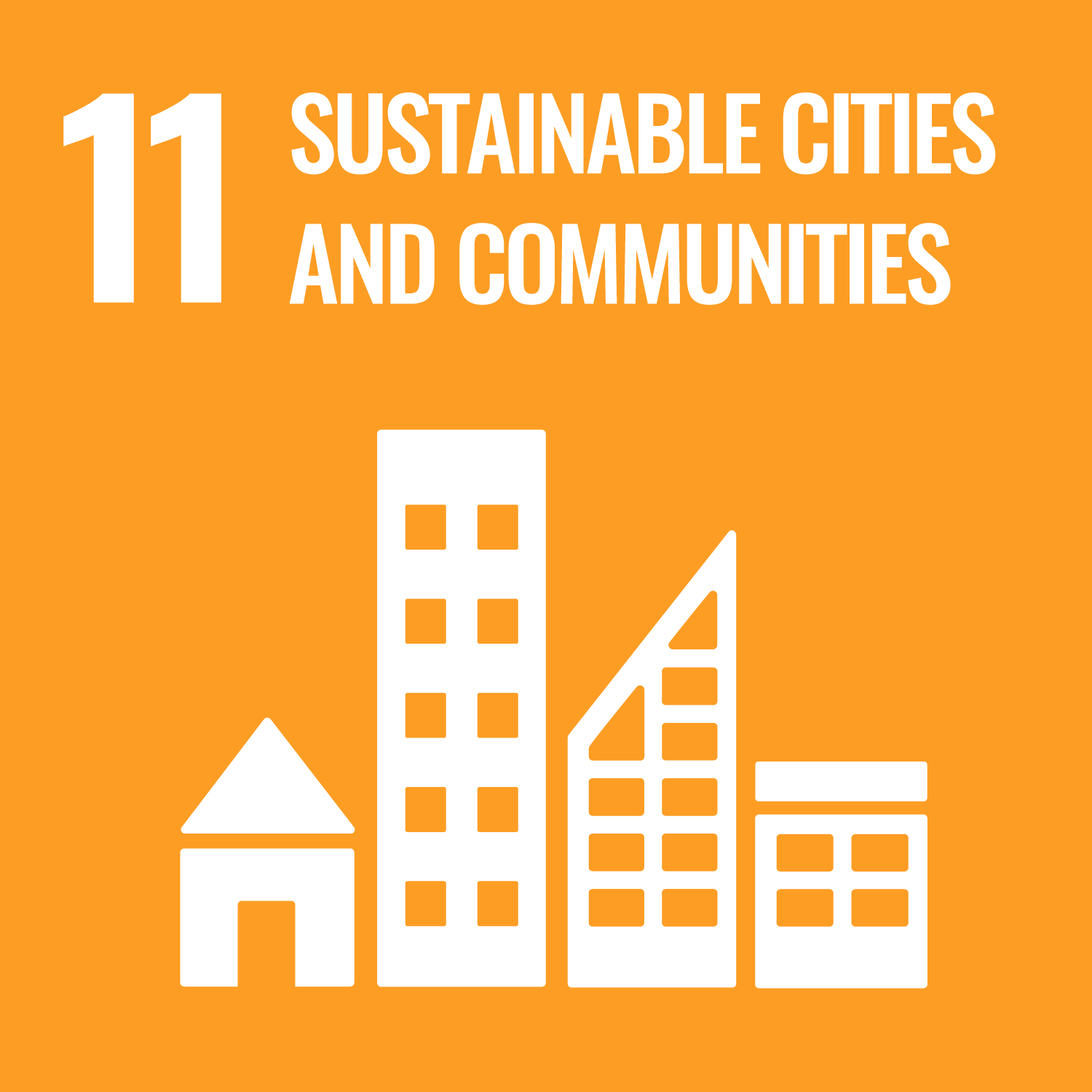SDG Detail
Urban Ecology in the Great Nearby
NoneProject description
Places like the Great Barrier Reef, Great Smoky Mountains, or Great Outdoors elicit ideas of a nature that is far away and often presumed to be �pristine.� Not only are these presumptions worthy of interrogation, but they may limit our understanding of the natural world that is in close proximity to humans. In this course students will use our restricted geographical movement during a pandemic as an opportunity to focus on hyperlocal urban ecology: that of the Great Nearby. What can we learn about our neighborhood and its human and non-human residents through close observation in a finite geographic area? What are the benefits, scientifically and socially, of understanding the Great Nearby? What are the challenges of place-based ecology, especially in scaling up to make regional and global connections? Using an ecological lens to investigate the urban landscape up close, students will learn the importance of observation as it relates to forming hypotheses to understand the world, as well as revealing the urban natural world that we may not have noticed before. Grounded in the rigor of urban ecology, place-based research, long-term monitoring, and their application, students are expected to be actively outdoors in their local urban environment throughout the quarter.
Project aims
?
Project outcome
?
Related SDGs
The corresponding sustainable development goals correlated with this project. You you click the icon to link to SDG category description page.









